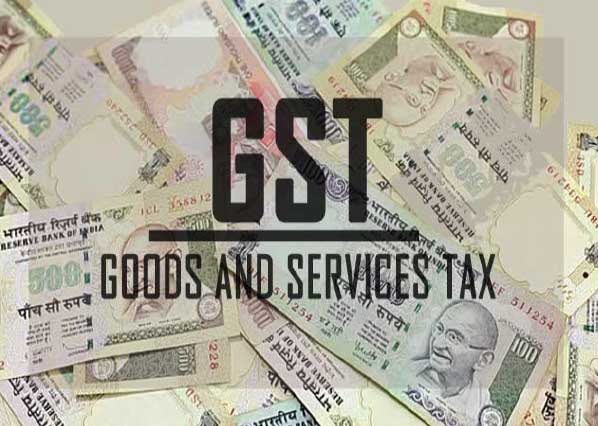
Salient Features of Our Solution
- Tool-based approach for automated and error-free migration
- Reduced dependency on individual consultant skills
- Zero impact to custom reports
- Minimal disruption to open Purchase Orders and Sales Orders
- Cutover down time reduced to minutes rather than hours
- Option to reduce the number of tax codes in use
- We will support you through the final migration to GST
Get your system ready for GST : TAXINJ to TAXINN
With each step taken by Government authorities towards passage of GST, it is evident that this reform of Indian taxation system will soon be a reality. Industry has been waiting in anticipation as this will be a huge change to the way indirect taxes are computed and collected in India. At the same time, this also means a significant change to your SAP system in order to support the new tax regime. One of the pre-requisites from SAP is to migrate from TAXINJ to TAXINN procedure. Solsynch has compiled a list of initial questions for this tax procedure migration which will help you assess your situation.
GST is now a reality
Constitution Amendment Bill for Goods and Services Tax (GST) has been passed in the Parliament (Rajya Sabha on 3 August 2016 and Lok Sabha on 8 August 2016). The Government of India is committed to replace all the indirect taxes levied on goods and services by the Centre and States and implement GST in 2017. Many states have started ratifying the Act and it is only a matter of time before this reform becomes a reality.
Are you ready for the change?
- SAP is committed to rolling out GST well in time for their customers
- Customers who are still using the old formula-based tax procedure (TAXINJ) will need to migrate to the condition-based tax determination (TAXINN)
- TAXINN has been around for several years and has several benefits over the TAXINJ procedure
- SAP has released several notes explaining the process of migration
Time is of the essence
- Do not wait for the GST deadline for the migration as the tax procedure migration will add several weeks to the migration project.
- All Indian companies will migrate to GST at the deadline. Resources will be crunched and at premium.
- Complete the pre-requisites well before time.
Our solution
- Solsynch has developed a tool-based approach for the migration from old to new tax procedure
- Up to 70% of the migration effort has been automated through the tool
- Our unique solution offers minimal interruption to custom reports which might have hard-coded elements from the old procedure
- Need for migration of old Purchase Orders and Sales Orders is minimized
- Near-zero posting-free period for the cutover
The Solsynch Advantage
- Solsynch has been delivering solutions synchronized to our customers’ business for several years now
- We have a team of experts who specialize not only on the technical aspects of SAP but also have a sound understanding of the taxation system in India
- We are closely aligned with SAP and are fully abreast of SAP’s solution for GST readiness
FAQs for Tax Procedure Migration in SAP
So far, SAP has been supporting two methods for computation of indirect taxes viz. TAXINJ and TAXINN. TAXINJ is the old procedure which uses India localization program routines for computation of taxes, especially excise duty. TAXINN is the newer procedure which eliminates the need for these ABAP routines and allows for tax computation using master data records in the form of condition records. SAP had introduced the new procedure during the LST to VAT cutover in 2004-05 and has been advocating switching over to the new procedure since. However, there are several customers who are still using the old procedure.
TAXINN is not a new procedure developed specifically for GST. It has been in place for more than 10 years and is the more suitable method for computing taxes.
With the advent of GST, SAP has mandated that the old procedure (TAXINJ) will no longer be supported. The ABAP codes developed by SAP to compute the duties in TAXINJ will not be upgraded to compute GST. Customers will therefore need to migrate of will need to develop their own routines for tax computation. The latter is not advisable since it will be more expensive and cumbersome than the migration itself.
The tax procedure migration is a mini-project in itself and it is advisable to complete this well before the work for actual GST migration starts. When the deadline for GST implementation arrives, all the companies would be forced into the migration activity. Migration of the tax procedure at that time will add to the complexity, project duration and efforts for the project. It is therefore recommended to complete this part and be ready.
Answers to the following questions could give you a rough indication:
- Was your SAP implementation first completed before 2006-07?
- Do you use transaction code FTXP to update the tax rates (not new tax codes) when there are any changes?
- Do you need to create new tax codes when there is a rate change without being able to simply update the rates with validity dates?
If you have answered Yes to any of the questions above, you might need a tax procedure migration. However, this is not a final deduction. You can check the configuration in your SAP system to verify this. If you need any assistance for this, please write to GST.Helpdesk@solsynch.com
